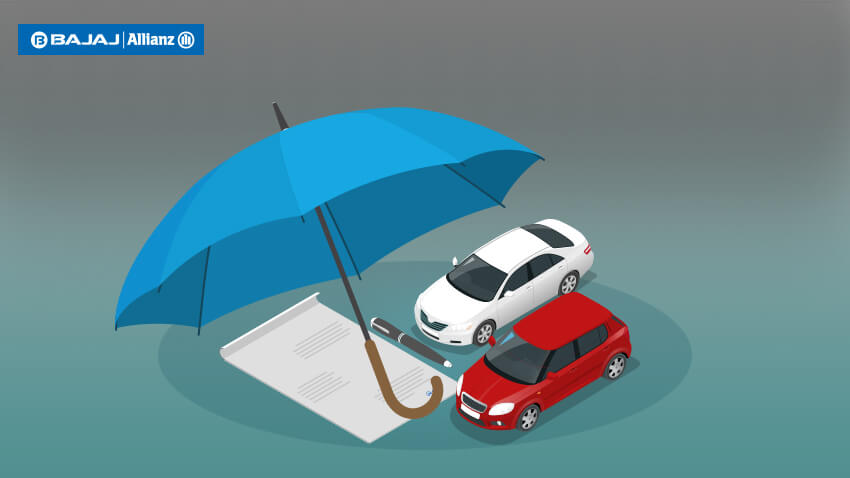Businesses around the world are dependent on commercial vehicles to get their products delivered to its end consumer. Be it an e-commerce shop or an age-old brick and mortar store, the reliance on commercial vehicles is unparalleled. Any damage to these vehicles not only causes disruption in smooth business operations, but also a financial setback for the business. This setback can be in terms of delays in production along with the cost of repairs that might be needed. Further, it is not feasible for any business to leave their operations disrupted for long and thus requires making alternate arrangements which further increase the cost.
In case of service organizations, an example of a cab aggregator where the entire dependence is on its fleet of vehicles. Any damages to these vehicles can not only disrupt the operations, but also can bring the business to a complete standstill. To protect against these business disruptions, it is best to have a commercial vehicle insurance policy. The Motor Vehicles Act of 1988 makes it mandatory to have at least third-party covers. Vehicle dealers assist in the initial purchase, but often buyers forget about its renewal. As essential it is to buy one, its periodic renewal is equally important.
Here’s how to go about with commercial vehicle insurance renewal -
Step 1: Comparing various commercial vehicle insurance policies
The first step in commercial vehicle insurance renewal is the same as buying an insurance cover – with a comparison of the myriad policies. While it is necessary, comparing the available insurance plans helps to shortlist a suitable
commercial vehicle insurance. Not only the pre-sales services matter, but also the after-sales services are equally critical. Moreover, the coverage offered by the insurance company must ensure that adequate policy features are available for a decent price. With a motor insurance calculator, this process of commercial vehicle insurance renewal can be simplified since it helps to balance the cost and benefits of the insurance cover.
Step 2: Selecting the right insurance policy
Commercial vehicles can be equipped with a third-party liability policy. A third-party policy is the one where the coverage is extended to include damages towards third-party repairs and injuries. Moreover, there is protection from liabilities that might arise due to these accidents and damages thereby safeguarding both the business and the driver. However, companies provide several benefits in addition to the base coverage, such as round the clock assistance and quick policy issuance via the online process. It is wise to compare policies basis these features and opt for a plan that gives you maximum benefit at affordable premiums.
Step 3: Enter necessary details
Once the policy and the type of coverage is shortlisted, next steps requires input from the policyholder. In case of change of insurance companies, details about the policyholder might be required, but for commercial vehicle
insurance renewal with the same insurance company, providing the previous policy number can help to pull up necessary information about the policyholder and the vehicle to be insured.
Step 4: Payment
Once all policy details are finalised and information is verified, the payment can be using any of the preferred payment modes like bank transfer, credit cards or debit cars or even UPI. A successful payment will ensure commercial vehicle insurance renewal is complete and delivery of the soft copy of the policy document to the registered mailbox.
This is how one can successfully renew a commercial vehicle insurance policy. Keep in mind that having inadequate coverage is equivalent to not having one, so make sure to renew the policy considering necessary factors. Insurance is the subject matter of solicitation. For more details on benefits, exclusions, limitations, terms and conditions, please read sales brochure/policy wording carefully before concluding a sale.
 Service Chat: +91 75072 45858
Service Chat: +91 75072 45858


